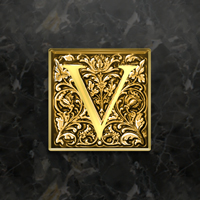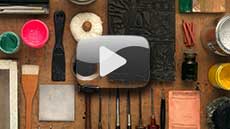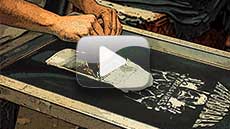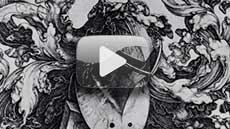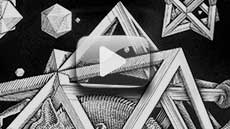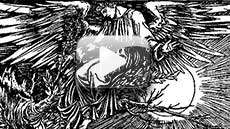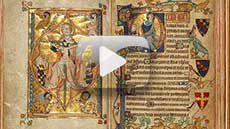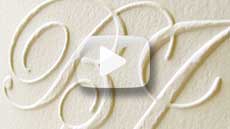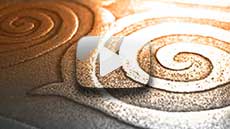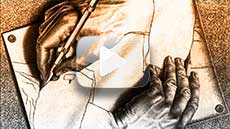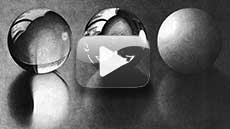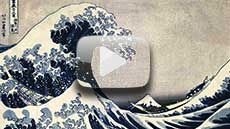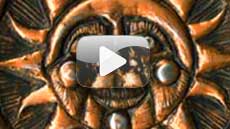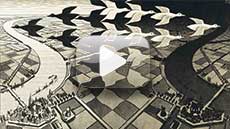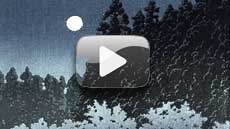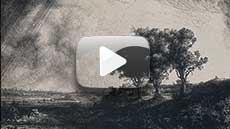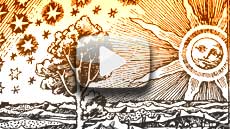|
TYPOGRAPHY [ ti – pa – gra – fe ] NOUN is the art and technique of arranging type in order to make language visible.
The arrangement of type involves the selection of typefaces, point size, line length,
leading (line spacing), adjusting the spaces between groups of letters (tracking) and
adjusting the space between pairs of letters (kerning).
Type design is a closely related craft, which some consider distinct and
others a part of typography; most typographers do not design typefaces, and
some type designers do not consider themselves typographers.
In modern times, typography has been put into motion in film, television and
online broadcasts to add emotion to mass communication. - Wikipedia
|
|
TYPEFACE [ type·face \ ˈtīp -ˌfās ] NOUN
is the design of lettering that can include variations in size, weight (e.g. bold), slope (e.g. italic),
width (e.g. condensed), and so on. Each of these variations of the typeface is a font.
There are thousands of different typefaces in existence, with new ones being developed constantly.
The art and craft of designing typefaces is called type design. Designers of
typefaces are called type designers and are often employed by type foundries.
In digital typography, type designers are sometimes also called font developers or font designers.
Every typeface is a collection of glyphs,
each of which represents an individual letter, number, punctuation mark, or other symbol.
The same glyph may be used for characters from different scripts,
e.g. Roman uppercase A looks the same as Cyrillic uppercase А and Greek uppercase alpha.
There are typefaces tailored for special applications, such as cartography, astrology or mathematics.
|
|
FONT [ ˈfänt ] NOUN
In metal typesetting, a font is a particular size, weight and style of a typeface. Each font is a matched set of type, with a piece (a "sort") for each glyph, and a typeface consisting of a range of fonts that shared an overall design.
In modern usage, with the advent of computer fonts, the term 'font' has come to be used as a synonym for 'typeface' although a typical typeface (or 'font family') consists of a number of fonts. For instance, the typeface "Bauer Bodoni" (sample shown here) includes fonts "Roman" (also 'Regular'), "Bold" and "Italic"; each of these exists in a variety of sizes. The term "font" is correctly applied to any one of these alone but may be seen used loosely to refer to the whole typeface. When used in computers, each style is in a separate digital "font file".
In both traditional typesetting and modern usage, the word "font" refers to the delivery mechanism of the typeface. In traditional typesetting, the font would be made from metal or wood: to compose a page may require multiple fonts or even multiple typefaces. - Wikipedia
|
Resources |
|
|
More |
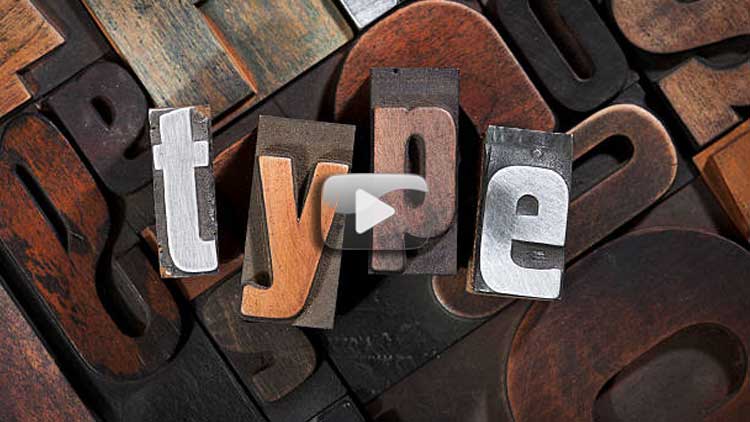
|
|
|

